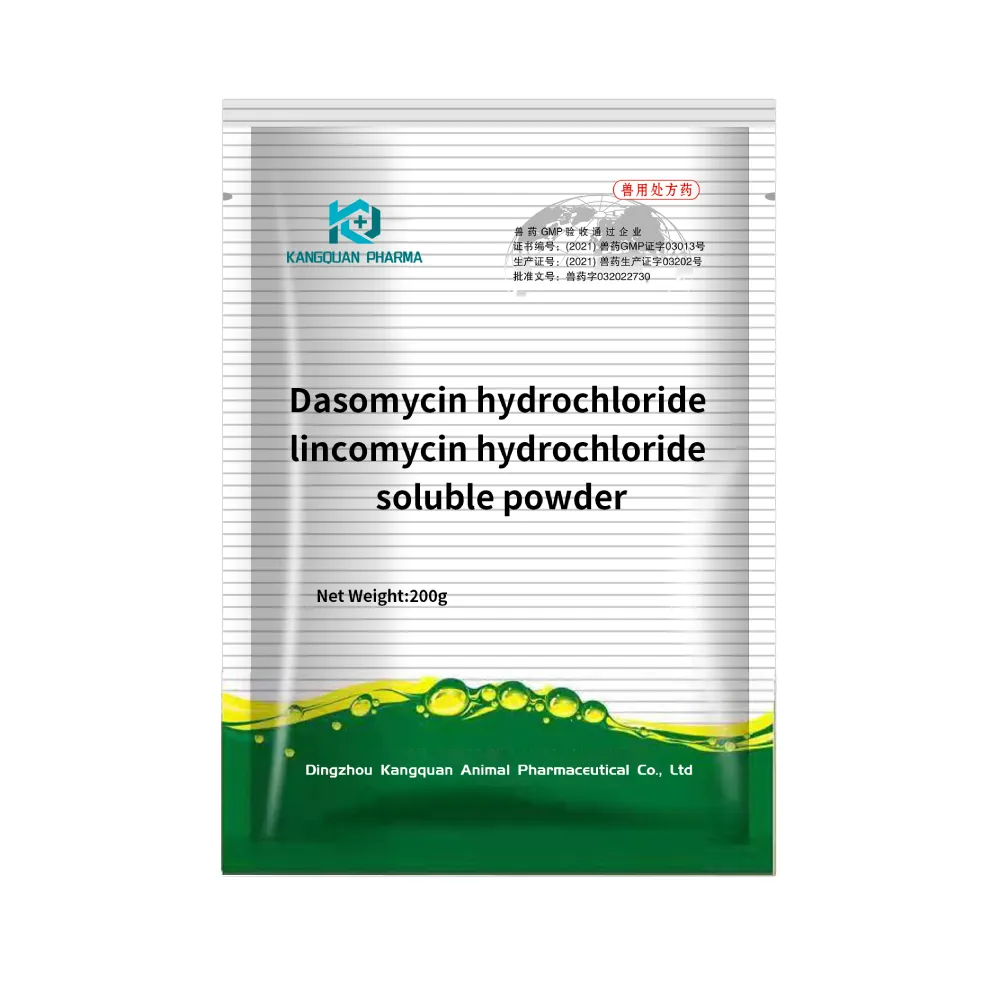- Afrikaans
- Albanian
- Amharic
- Arabic
- Armenian
- Azerbaijani
- Basque
- Belarusian
- Bengali
- Bosnian
- Bulgarian
- Catalan
- Cebuano
- Corsican
- Croatian
- Czech
- Danish
- Dutch
- English
- Esperanto
- Estonian
- Finnish
- French
- Frisian
- Galician
- Georgian
- German
- Greek
- Gujarati
- Haitian Creole
- hausa
- hawaiian
- Hebrew
- Hindi
- Miao
- Hungarian
- Icelandic
- igbo
- Indonesian
- irish
- Italian
- Japanese
- Javanese
- Kannada
- kazakh
- Khmer
- Rwandese
- Korean
- Kurdish
- Kyrgyz
- Lao
- Latin
- Latvian
- Lithuanian
- Luxembourgish
- Macedonian
- Malgashi
- Malay
- Malayalam
- Maltese
- Maori
- Marathi
- Mongolian
- Myanmar
- Nepali
- Norwegian
- Norwegian
- Occitan
- Pashto
- Persian
- Polish
- Portuguese
- Punjabi
- Romanian
- Russian
- Samoan
- Scottish Gaelic
- Serbian
- Sesotho
- Shona
- Sindhi
- Sinhala
- Slovak
- Slovenian
- Somali
- Spanish
- Sundanese
- Swahili
- Swedish
- Tagalog
- Tajik
- Tamil
- Tatar
- Telugu
- Thai
- Turkish
- Turkmen
- Ukrainian
- Urdu
- Uighur
- Uzbek
- Vietnamese
- Welsh
- Bantu
- Yiddish
- Yoruba
- Zulu
9 月 . 07, 2024 23:00 Back to list
Azithromycin and Doxycycline Hyclate
Azithromycin and Doxycycline Hyclate A Comparative Overview
Azithromycin and doxycycline hyclate are two widely used antibiotics that belong to different classes of antimicrobial agents. Both are effective for treating various bacterial infections, yet they have distinct properties, mechanisms of action, and clinical applications. This article aims to provide an overview of these two medications, examining their uses, mechanisms, side effects, and considerations for prescribing.
Azithromycin Mechanism and Uses
Azithromycin is a macrolide antibiotic known for its broad-spectrum effectiveness against a variety of gram-positive and gram-negative bacteria. It works by inhibiting bacterial protein synthesis, effectively stopping the growth of bacteria. Azithromycin is commonly prescribed for respiratory infections, skin infections, and sexually transmitted diseases, with a particular emphasis on its efficacy in treating community-acquired pneumonia and infections caused by Chlamydia trachomatis.
One of the key benefits of azithromycin is its prolonged half-life, allowing for once-daily dosing and shorter treatment courses compared to some other antibiotics. This can enhance patient compliance and make it more convenient for both healthcare providers and patients.
Doxycycline Hyclate Mechanism and Uses
Doxycycline hyclate is a member of the tetracycline class of antibiotics. Similar to azithromycin, it functions by inhibiting protein synthesis in bacteria. However, doxycycline has a broader spectrum and is particularly effective against atypical pathogens, making it suitable for a wide range of infections, including those caused by Rickettsia, Borrelia (the causative agent of Lyme disease), and certain strains of Streptococcus. Doxycycline is also often the drug of choice for treating acne and is utilized in prophylactic measures against malaria.
azithromycin and doxycycline hyclate

The dosing regimen for doxycycline typically includes a loading dose followed by a maintenance dose, and it is generally taken twice daily. Like azithromycin, patient adherence is crucial, and healthcare providers should counsel patients on the importance of completing the full course of therapy.
Side Effects and Considerations
Both azithromycin and doxycycline hyclate have potential side effects. Azithromycin can cause gastrointestinal disturbances, such as diarrhea, nausea, and abdominal pain. Additionally, there are concerns about its association with certain cardiovascular risks, particularly in patients with existing heart conditions.
Doxycycline, on the other hand, can cause photosensitivity, making patients more susceptible to sunburn. It also carries a risk of dental discoloration in children and should be avoided during pregnancy and breastfeeding if possible due to potential effects on the developing fetus or infant.
Conclusion
In summary, azithromycin and doxycycline hyclate are valuable antibiotics with distinct mechanisms and uses in the management of bacterial infections. While azithromycin offers convenience with its dosing schedule and is effective in a variety of cases, doxycycline provides a broader spectrum of activity against certain pathogens. When choosing between these antibiotics, healthcare providers must consider the specific infection being treated, patient history, and potential side effects to ensure optimal therapy.
-
The Power of Radix Isatidis Extract for Your Health and Wellness
NewsOct.29,2024
-
Neomycin Sulfate Soluble Powder: A Versatile Solution for Pet Health
NewsOct.29,2024
-
Lincomycin Hydrochloride Soluble Powder – The Essential Solution
NewsOct.29,2024
-
Garamycin Gentamicin Sulfate for Effective Infection Control
NewsOct.29,2024
-
Doxycycline Hyclate Soluble Powder: Your Antibiotic Needs
NewsOct.29,2024
-
Tilmicosin Premix: The Ultimate Solution for Poultry Health
NewsOct.29,2024













